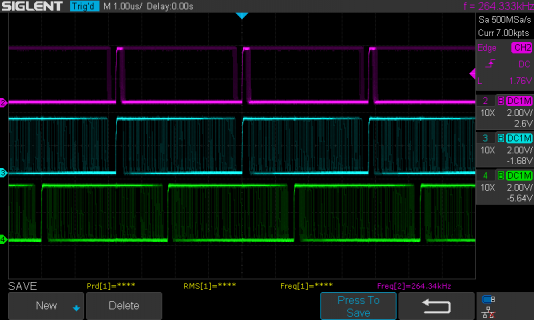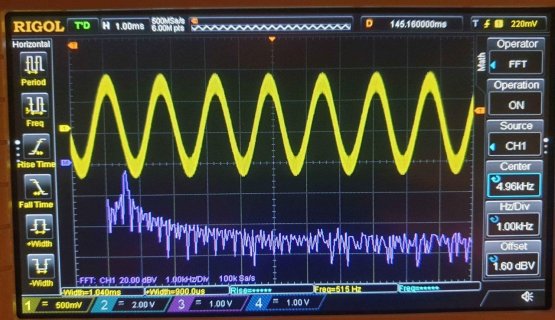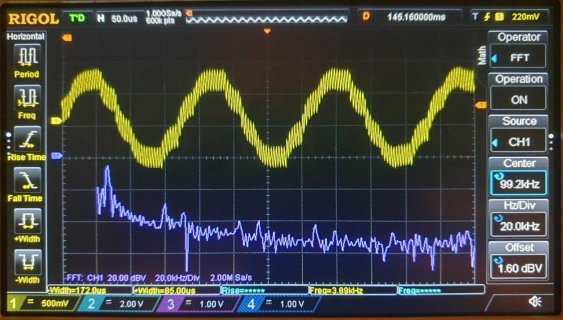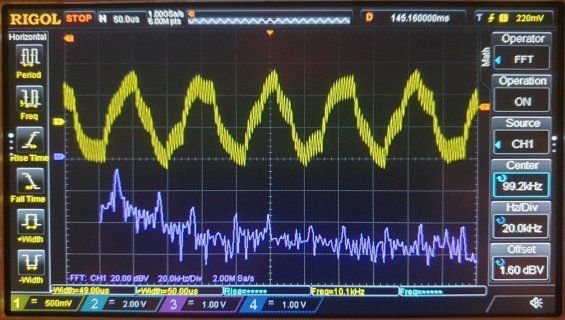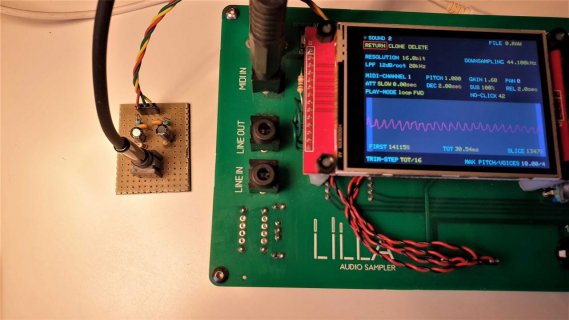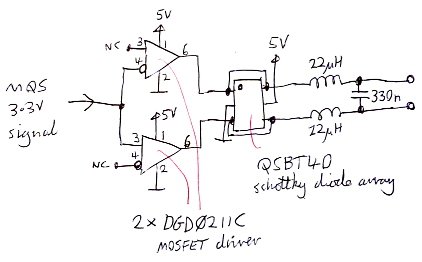All I know is it sets up a DMA channel on the relevant FlexPWM unit and attaches an interrupt to that DMA channel.
I haven't seen anything in the code that suggests it might interfere with something else (you are not using pin0 for AudioOutputPWM
so it won't be touching that). It needs only a 1k or so of DMAMEM for buffers, so its not using lots of memory and it should use much
CPU either.
Any code you can share to replicate the issue?
I haven't seen anything in the code that suggests it might interfere with something else (you are not using pin0 for AudioOutputPWM
so it won't be touching that). It needs only a 1k or so of DMAMEM for buffers, so its not using lots of memory and it should use much
CPU either.
Any code you can share to replicate the issue?



